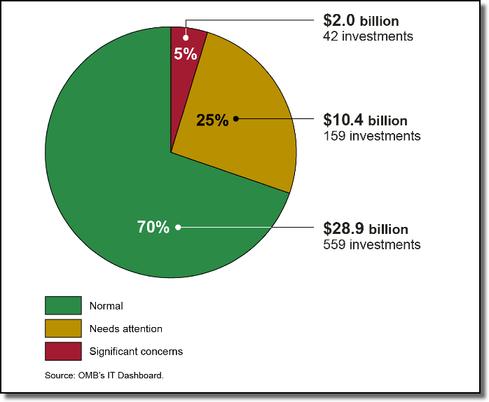White House Directives Emphasize IT Effectiveness
Federal agency IT portfolio review sessions will scrutinize impact, not just efficiency, of investments, involve more leaders at the table.


5 Online Tools Uncle Sam Wants You To Use
5 Online Tools Uncle Sam Wants You To Use (Click image for larger view and slideshow.)
The White House Office of Management and Budget issued new directives this week to federal agencies to improve the effectiveness of the government's IT investments.
In a May 7 memo issued by OMB deputy director for management Beth Cobert and federal CIO Steven VanRoekel, OMB laid out enhanced guidelines for conducting OMB's IT investment portfolio review sessions -- known as PortfolioStat -- that place new emphasis on the effectiveness -- not just the efficiency -- of federal IT investments.
The IT portfolio review sessions will continue to focus on consolidating commodity IT, they said, but will now devote greater attention to "identifying and assessing high-impact investments" and ensuring they meet customer needs, with the intended impact.
The sessions, due to be completed by July 31, will also involve more senior leaders at the table, including the deputy secretary and agency financial, acquisition, human capital, and operations chiefs, as well as CIOs, CISOs, and program managers.
[Federal agencies are falling into the trap of investing in technology rather than IT talent. Here's how to keep the two in balance: Government IT's Investment Trap.]
OMB began using the PortfolioStat review sessions in fiscal year 2012 to eliminate wasteful IT spending and improve the return on the government's IT investment portfolio. The sessions also reinforced the president's management agenda to ensure IT initiatives improve services to citizens and businesses; increase the quality and value of the government's core functions; open government data and research to the public to spur economic growth; and enhance the government's current and future workforce.
OMB developed a series of key performance indicators (KPIs) designed to gauge whether agencies had made cost-efficient IT investments, met customer needs in innovative ways, and protected federal data and systems.
The sessions also held agency executives, not just CIOs, accountable for delivering IT investments on time and on budget. IT projects must also be delivered faster, in more modular fashion, and make use of new technologies, such as cloud computing. They also must increasingly rely on automated configuration and vulnerability management tools and other security controls.
The PortfolioStat sessions "identified approximately $2.5 billion in savings opportunities through the end of FY 2015," and agencies have already captured 77% of those savings, Cobert and VanRoekel said.
In a May 8 report released by the Government Accountability Office, David Powner, director of IT management issues, said opportunities continue to exist to improve the acquisition and management of federal IT investments.
Federal IT Investment Performance Ratings
The report noted that as of April, 201 federal IT investments, worth $12.4 billion, out of 760 major government IT investments listed on OMB's IT Dashboard were in need of management attention, with 42 of those projects cause for significant concerns. OMB's IT Dashboard website lists IT investments at 27 top federal agencies.
Powner reiterated nine common factors critical to successful IT acquisitions. Among them: having program officials actively engaged with stakeholders; having end users involved throughout the requirements and testing phases of the project; and employing program staff with the necessary knowledge and skills.
OMB said that going forward, it would also look to strengthen the data and analysis methods it uses to evaluate the PortfolioStat KPIs. It would would also institute more explicit action plans and timelines around delivery, innovation, and protection goals.
NIST's cybersecurity framework gives critical-infrastructure operators a new tool to assess readiness. But will operators put this voluntary framework to work? Read the Protecting Critical Infrastructure issue of InformationWeek Government today.
About the Author(s)
You May Also Like
How to Amplify DevOps with DevSecOps
May 22, 2024Generative AI: Use Cases and Risks in 2024
May 29, 2024Smart Service Management
June 4, 2024







